WILL you be doing anything like this for Thanksgiving weekend? In October, I drove for more than 1,500 km down the Italian peninsula and around Sicily.
My route down the Italian peninsula and around Sicily
After my stay in Venice, which you can read about here, I drove to Mount Etna in Sicily. I travelled more than 1500 km, and it took me ten days to get there.
I had a four-wheel drive which only cost me 16 Euros a day with full insurance. I thought this was a bargain, but in hindsight I definitely wouldn’t recommend driving long distances in Italy!
I was forced to drive at 130 or 140 km/h (80+ mph) on the Autostrada and its many tunnels. On local roads I ended up going through villages where the roads were so narrow that it was hard not to get the car scratched. In fact, I had to cough up 250 Euros for scratches when I returned it.
From Venice, I went south-west into Tuscany and Umbria.
I made a bee-line for Pisa and its famous leaning tower.
At Pisa
The Via Francigena, a famous pilgrim trail, passes through these parts and I caught up with it near Pisa, too. Here are a couple of photos of signs, taken in a town near Pisa called San Miniato.
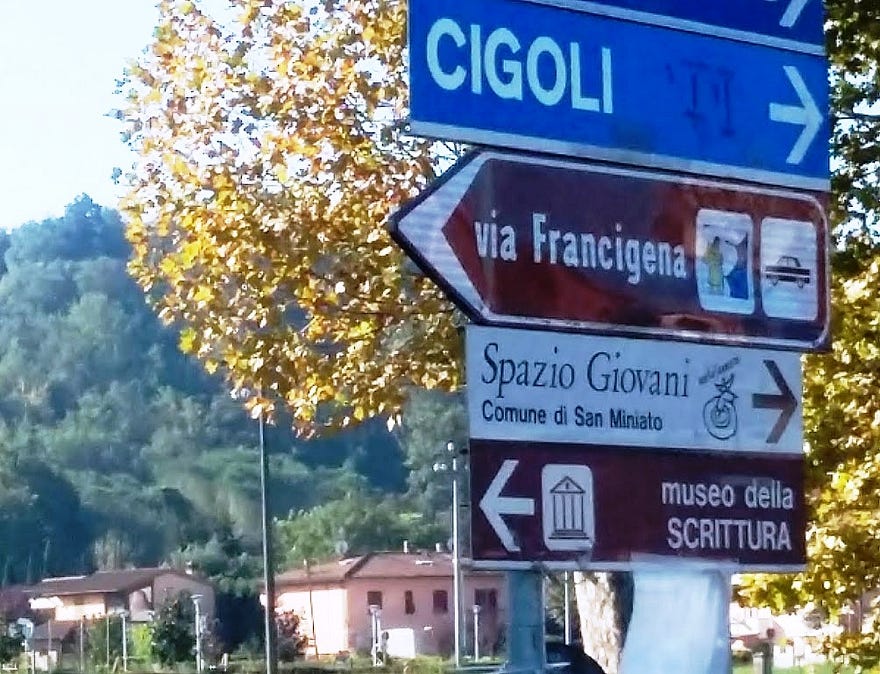

After Pisa, I got lost and ended up at the seaside, on a coast bordered with olive groves. I didn’t mind that at all!
Then I headed south-east, along a route that took me past the tomb of the legendary Saint Francis of Assisi, in the town after which he is named. Many people think of St Francis of Assisi as the first environmentalist, as well as a friend to animals.
The Basilca over the tomb of St Francis of Assisi
I got to the Adriatic coast and rested up for a while at a town called San Benedetto del Tronto, roughly halfway down the Italian peninsula.
In San Benedetto, I was booked into a hostel by the port, which I didn’t like. I used my Italian SIM card to book another one, and went to a restaurant where I had sardines fried in batter — amazing!
The Adriatic is the shallow sea between Italy and the former Yugoslavia. It is named for the Roman Emperor Hadrian, Adriano in modern Italian.
I was keen to stick to the coast for this leg of the journey so that I could enjoy the sea views. I drove through lots of small towns on the coast, towns that often had incredibly narrow streets once you got off the main highway and no parking anywhere near the middle.
Once or twice I went the wrong way up one-way streets because the street layouts were so higgledy-piggledy it was hard to tell which street a given sign referred to!
One thing about Italy is that the food was terrific everywhere. Insalada di mare was my favourite in coastal towns: seafood salad with cold aubergines and beans, you name it!
I carried on down the coast all the way to Bari in the south, near the ‘heel’ of the Italian boot. At that point I headed inland, toward the extraordinary town of Matera, which is partly hewn out of the rock in a ravine, in a similar fashion to the cave-towns of Cappadocia in Turkey.
The old part of Matera is a UNESCO World Heritage site: one of many in Italy, of course.
In the old town of Matera
I followed my GPS and it took me literally all the way to the gangplank of the ferry to Sicily!
I crossed over and drove to Palermo, staying for four nights at a village called Aspra on the coast, east of the city. I didn’t miss much by staying so far out, as Aspra was always busy. There was always something happening, with night markets and some people filming a movie with actors on the beach. And more insalata di mare.
I stayed for three days at a guest-house with a couple, as their only guest. The woman had had chemo and lost her hair. So, I gave her a necklace and ear-rings that I picked up in Murano, the famous glass-making district of Venice. She was forever grateful!
Sicily used to be hugely strategic, and Palermo the finest city in the Mediterranean around 1100 CE, or so it was claimed.
The island was at the crossroads of the early Mediaeval world, ruled successively by the Arabs, the Normans, the Spanish and even the Germans, both in the form of the ancient Goths and Vandals and also the later Holy Roman Empire and house of Hohenstaufen. Sicily was a far-flung possession of most of its rulers, yet a valuable one, since it lay in the centre of the Mediterranean.
But over time Sicily became something of a backwater, along with the rest of southern Italy, as Europe turned its attention away from the Mediterranean world and toward the Atlantic.
For about fifty years after World War II, Sicily was dominated by the Mafia, which had been used by the Allies to help fight fascism and thus given a leg-up into respectable society. But after numerous prosecutions and the 1992 murders of two judges, Giovanni Falcone and Paolo Borsellino, the Sicilian Mafia became discredited and lost its former influence.
The Sicilians speak a dialect, or really a separate language, influenced by Greek and Arabic as well as the many other peoples who have passed through.
As in other parts of Italy, the local language has almost no official status in Sicily. However, there are about five million Sicilians in Sicily, plus a large overseas community (a million Sicilians emigrated between 1871 and 1914), so there is little chance of Sicilian dying out.
The Greek influence on Sicily was particularly strong in ancient times, more so than that of the Romans. The island is studded with Greek temples and other relics. Many famous Greeks of ancient times, such as the engineer Archimedes and the playwright Aeschylus, actually lived in Sicily.
I went to see some of the ruins at Agrigento, the home town of Empedocles, an early Greek scientist who was perhaps the first to argue that light travelled at a constant speed. And I also saw some more ruins at Selinunte, another ancient Greek city.
A virtual visit to ancient Selinunte, in two videos
I spent another two nights at a place in an olive grove outside the central Sicilian town of Piazza Armerina. The building was run-down outside, like a lot of buildings in Italy, but a palace inside! I carried on to Catania and went and saw Mount Etna, the famous volcano nearby which has been active for thousands of years. Empedocles is supposed to have perished by leaping into the crater in the belief that volcanic fumes would support his weight. Of course, there is no reason to suppose that this is true.
I mentioned how driving long distances in Italy was a bad idea. It seems none of the locals risk it because, when I was in Sicily, I was pulled over by two full carloads of local cops who saw my Venice licence plates and thought that there had to be something fishy going on! They went through all my papers and asked lots of questions. That was quite heavy.
From Catania, I caught a plane to Rome, where I stayed near the airport at Fiumicino. I caught transport into the city at 4:30 am and wandered around Saint Peter’s Basilica. I’d forgotten how beautiful the city was.
After Rome, I flew to Nice in the south of France to catch up with an old friend who lived in the foothills of the Alps — a good topic for another blog!
To round off, here are some of the photos that I took, or had taken of me, along the way!
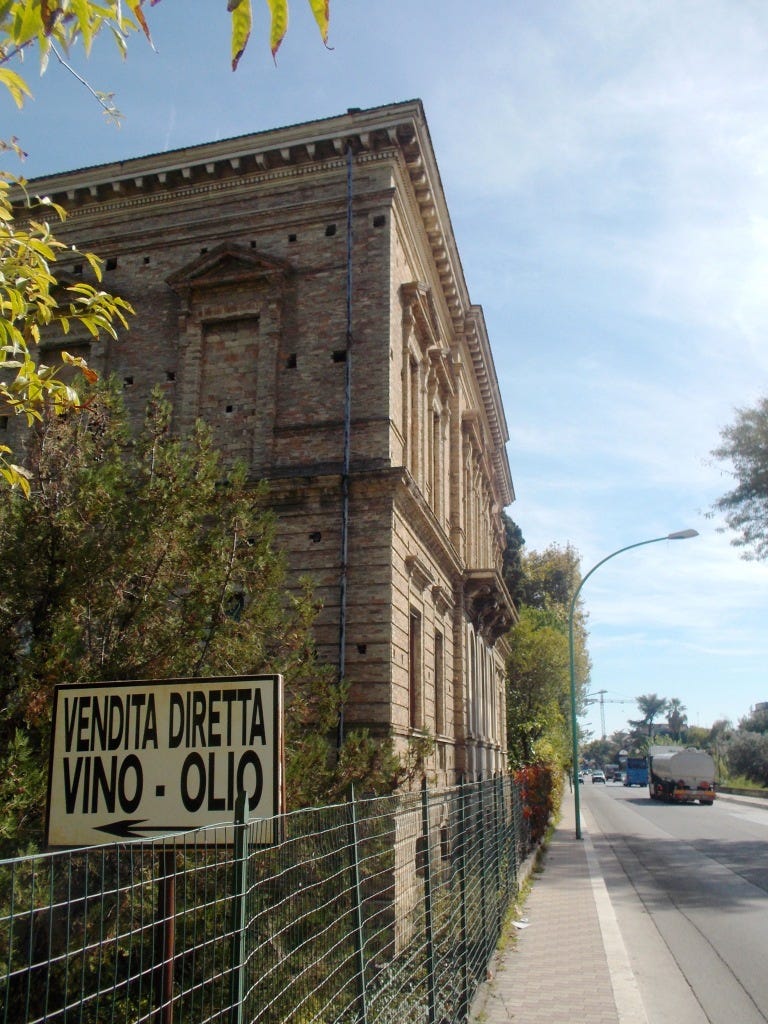
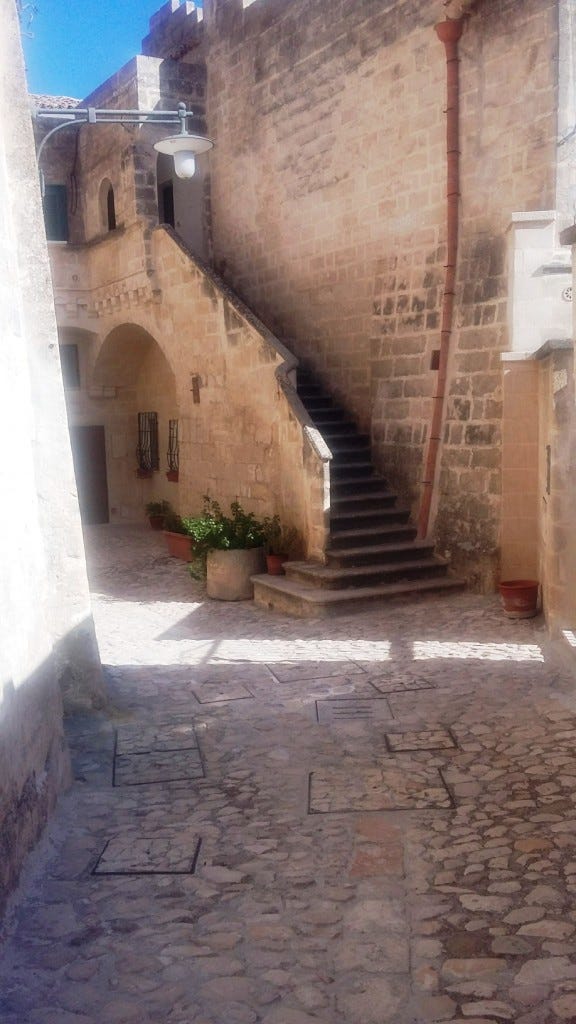
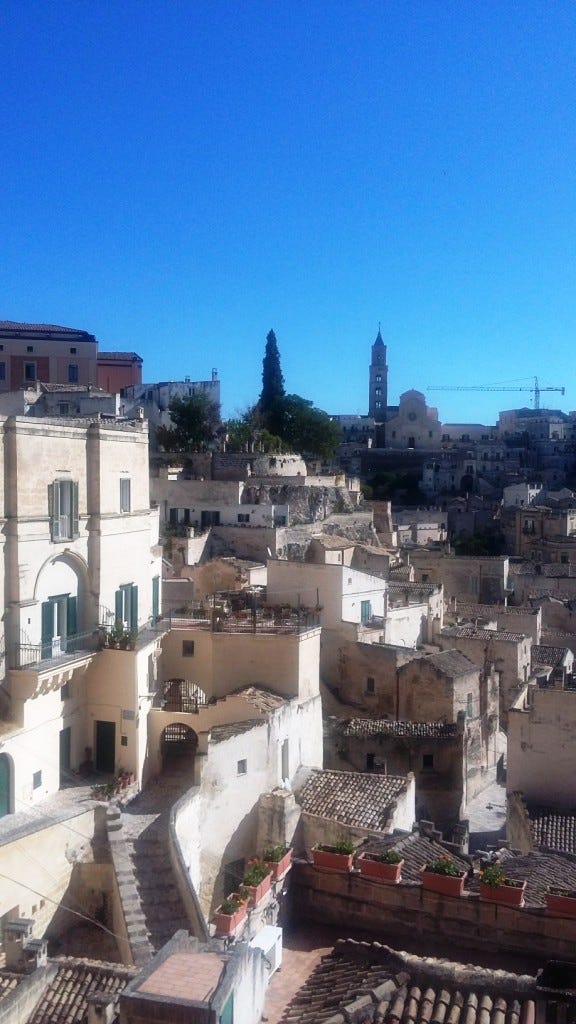
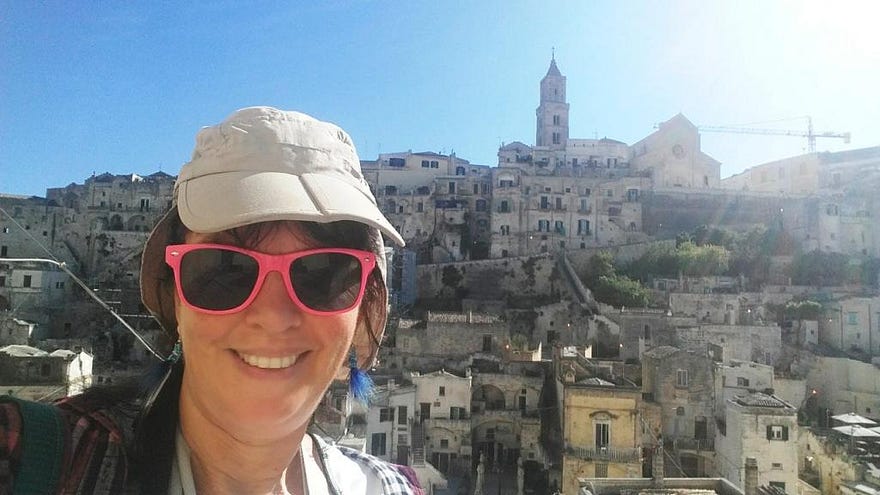
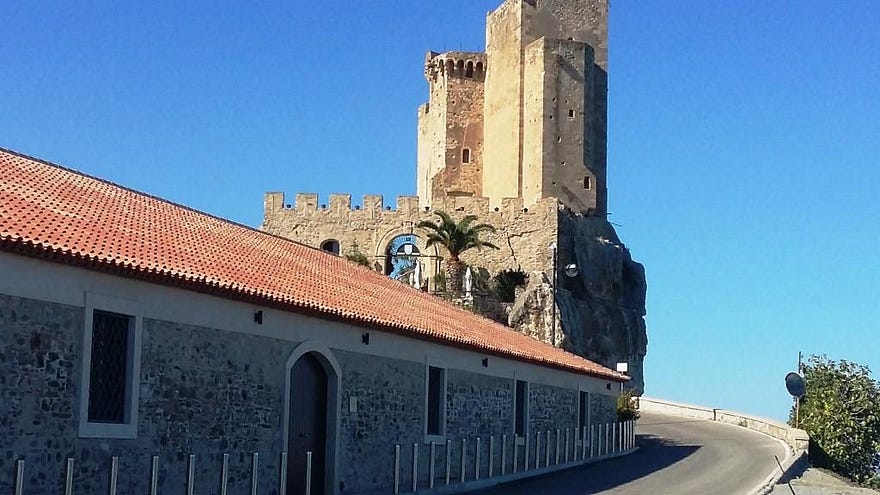
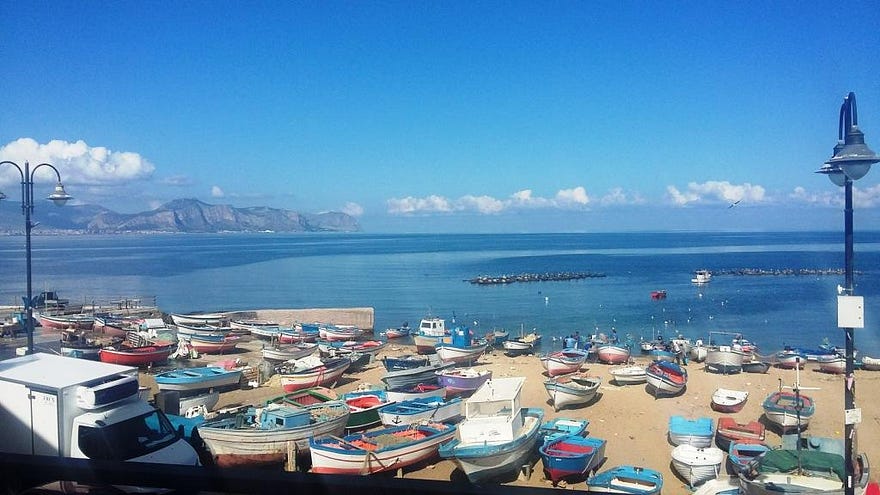
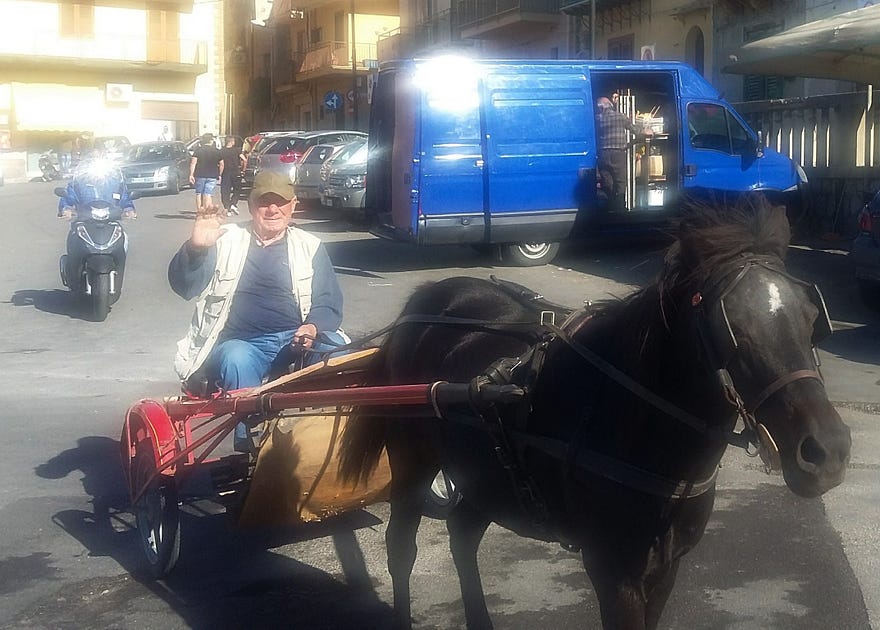

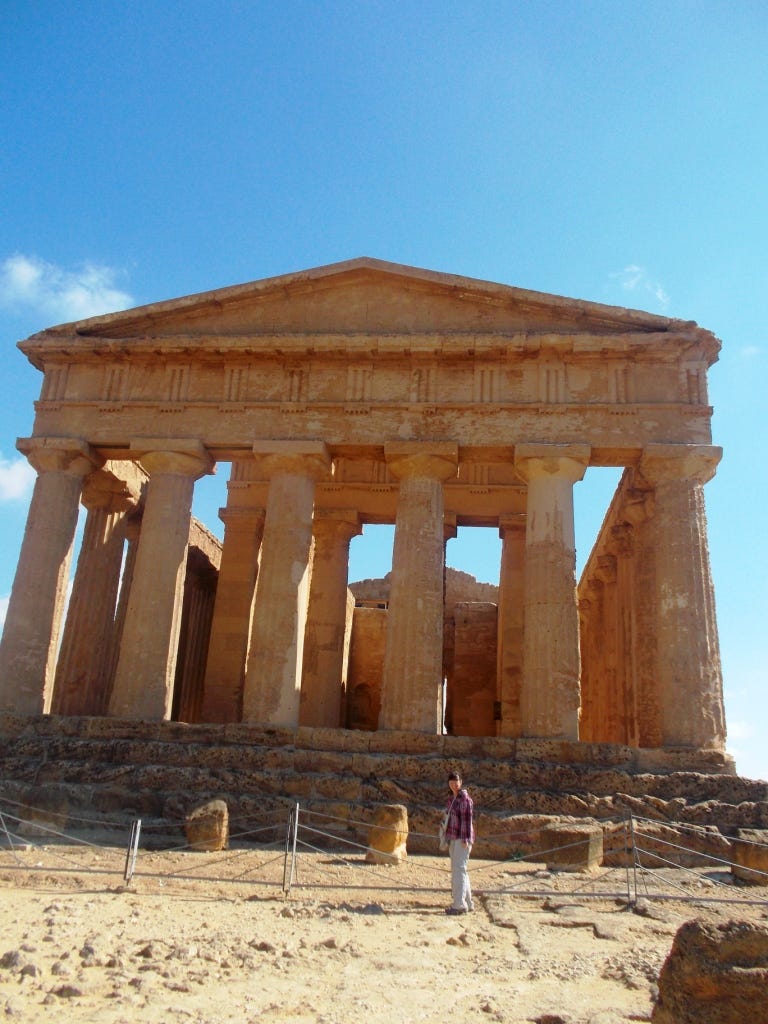
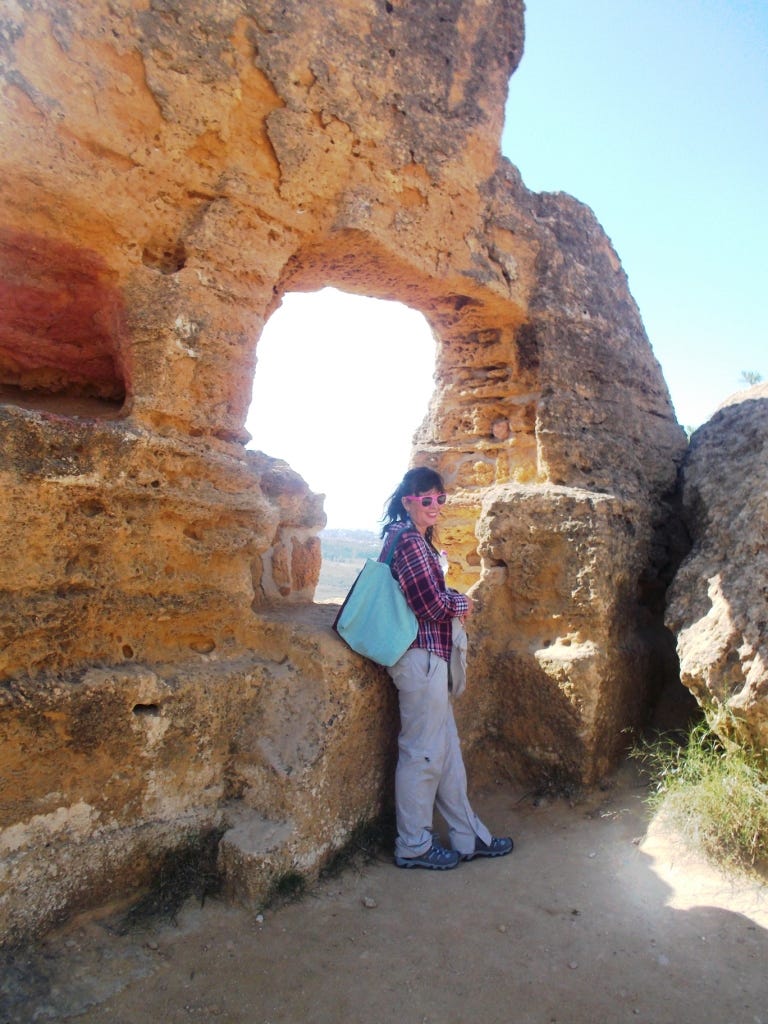

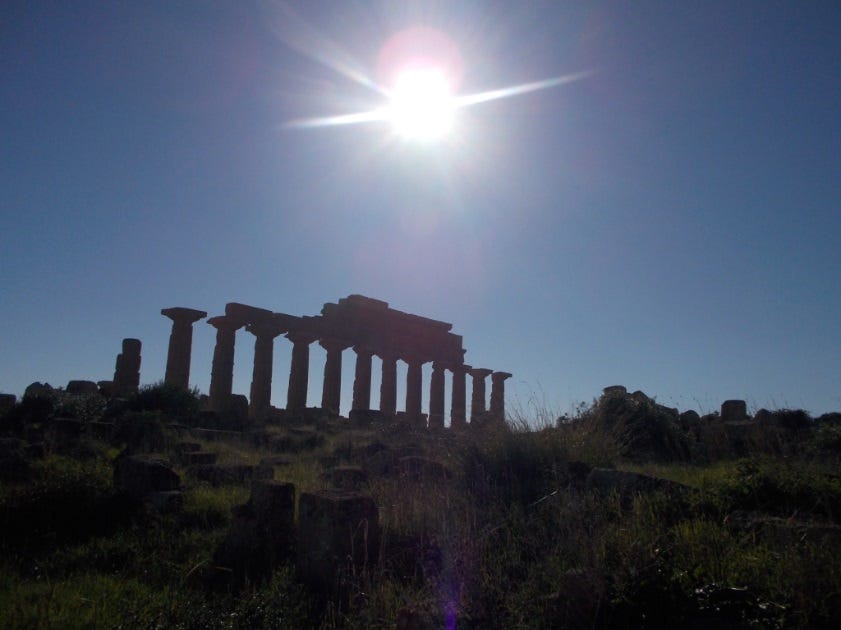
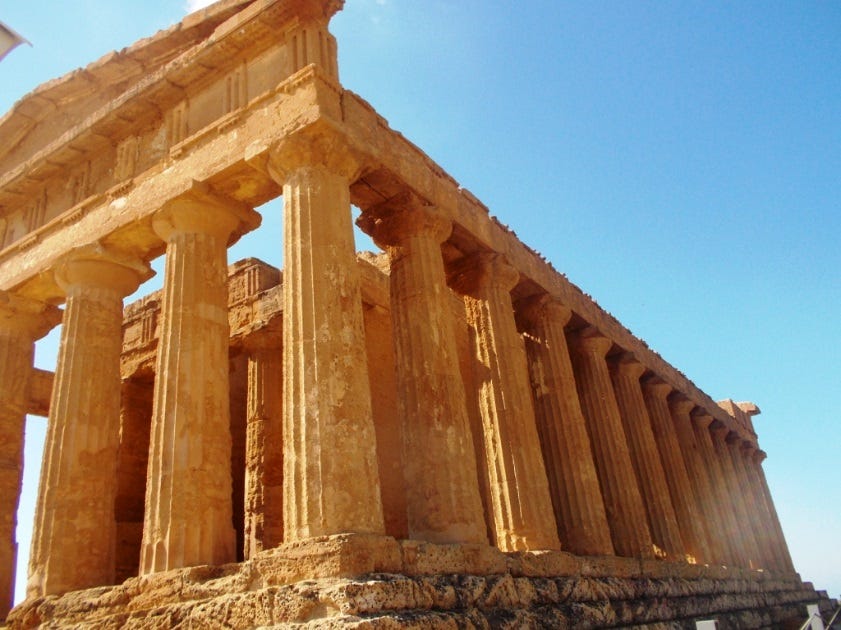
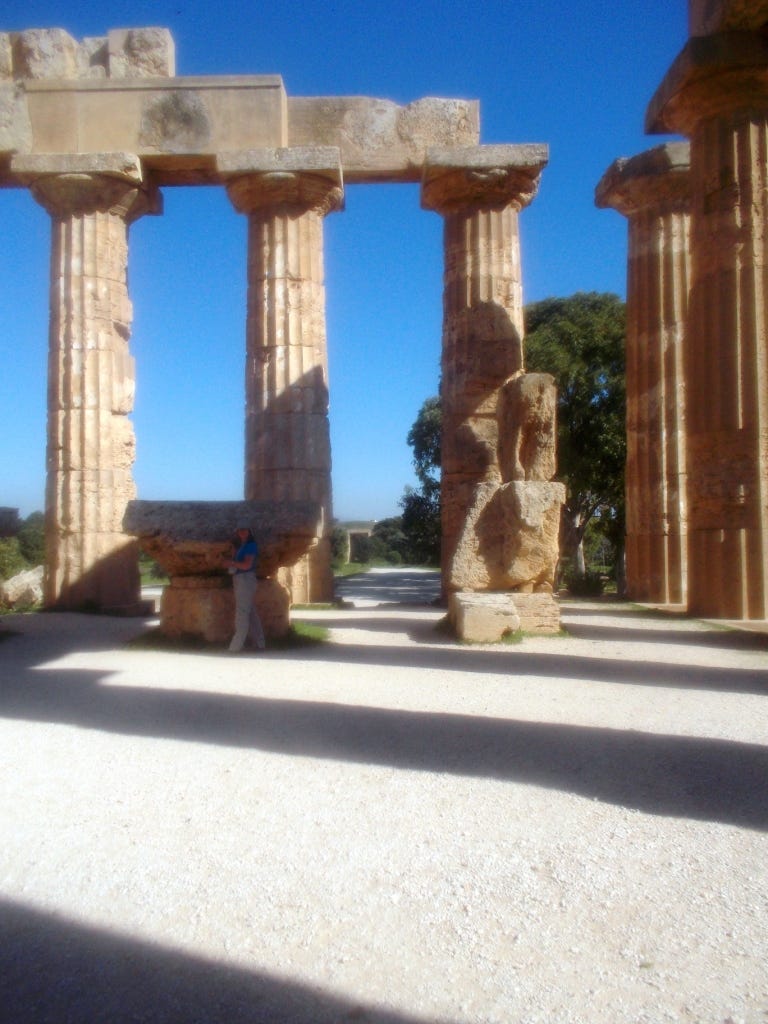
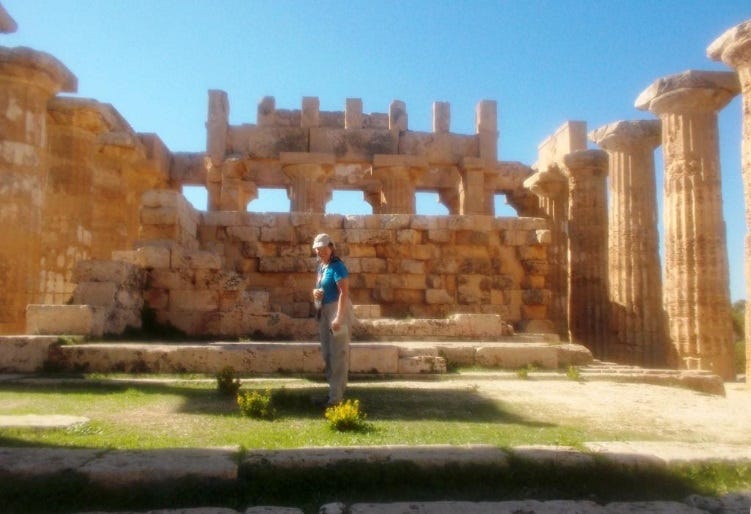
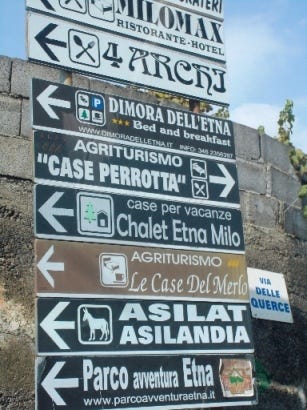
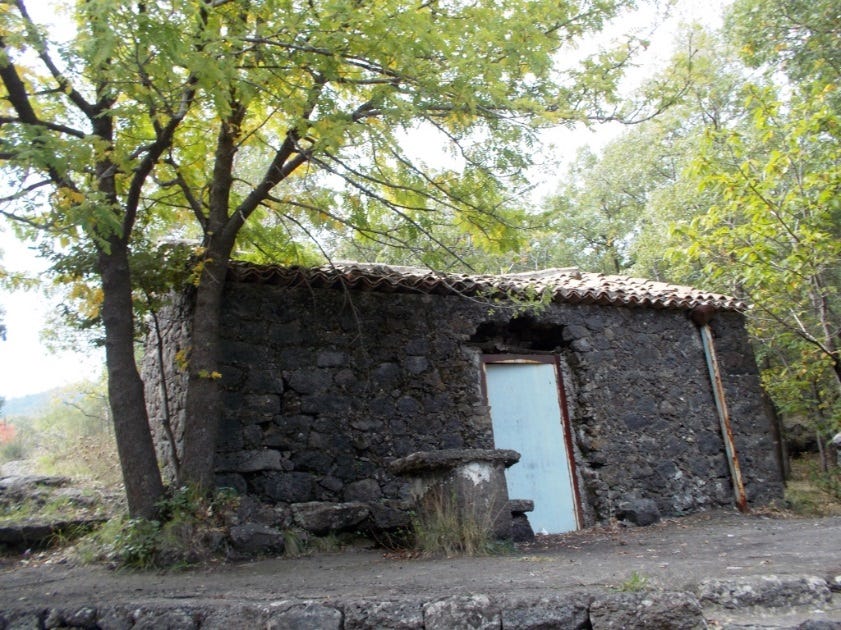

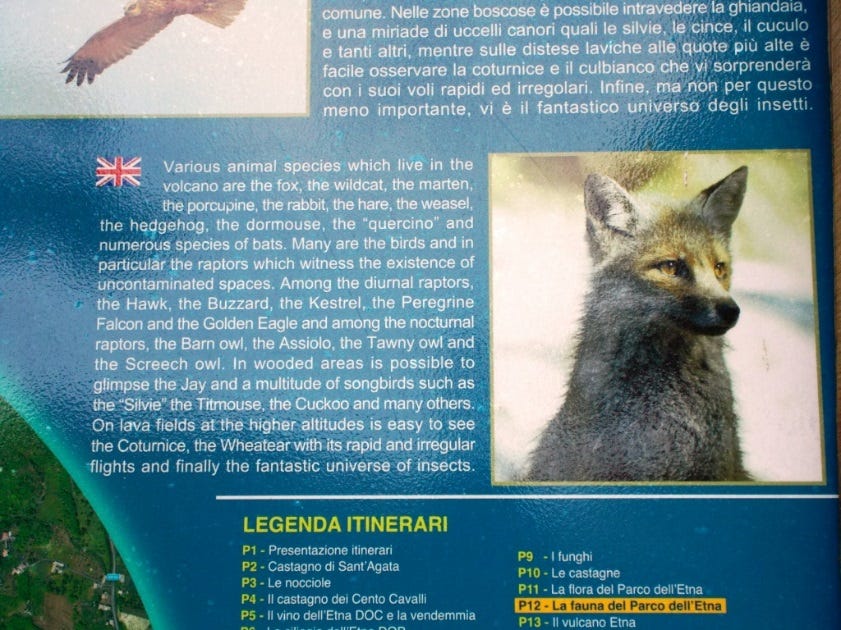
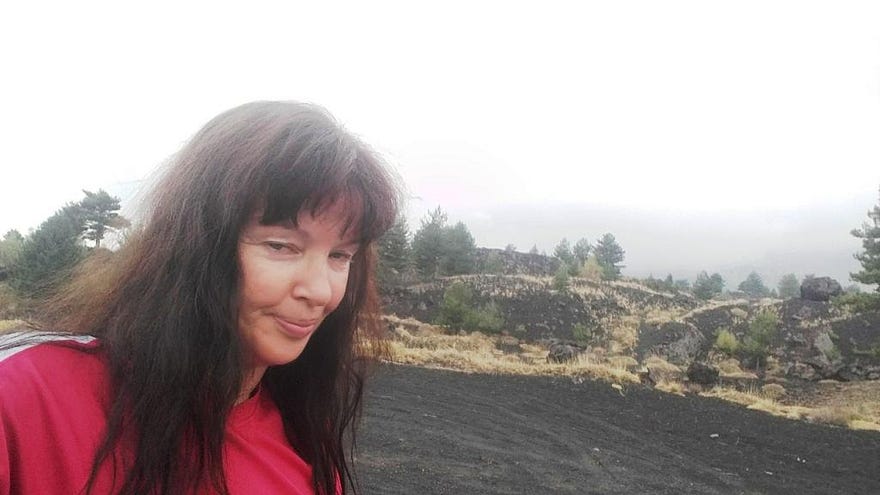
Here is my Amazon author page. I’m also publishing my books, progressively, on other platforms.
Subscribe to our mailing list to receive free giveaways!